New year, new trends?
As we step into 2024, the question arises: “New year, new trends?” The answer leans towards continuity rather than a complete overhaul. While some fresh trends are set to emerge, the design environment will continue to sustain many of the existing ones.
So, as we step into 2024, what emerging trends will the world give birth to, or which existing trends will it continue to embrace?
As we navigate a rapidly changing world where environmental issues have become more fundamental than ever, sustainability touches every sector, emphasizing its importance in the face of an ever-expanding threat. In the face of this growing threat, design emerges as a key player in the battle against climate change.
Sustainability is no longer just a buzzword; it has become an integral element of both daily consumer life and corporate policies. This serves as the driving force behind the surge of alternative material development, particularly in retail and packaging.
Sustainable Packaging
According to Ipsos (2022), almost 60% of the French population intends to ditch excessive packaging in the fight against climate change — a compelling percentage that encourages brands to integrate more eco-design into their production methods. The growing consumer demand for environmentally conscious choices is compelling more and more brands today, and will continue to do so in the future, to commit to responsible packaging design.
Sustainable material choices coupled with responsible manufacturing processes will continue to play a key part in design for 2024.
Chris Wilson, STCKMN

Source: Creative Boom
In 2024, biodegradable, compostable, and recyclable packaging, providing alternatives to single-use items, is likely to gain a more prominent role.
The Scotch Malt Whisky Society exemplifies this trend with its handcrafted paper-pulp bottle outer. By making eco-friendly material choices and employing handmade production methods, the bottle not only achieves a luxurious aesthetic but also avoids the greenwashed approach to sustainability.
Sustainable retail design
Design provides a unique opportunity to reconsider our consumption and production patterns. The retail sector is undergoing a significant transformation, adapting to the growing ecological awareness by incorporating environmentally friendly practices into all aspects of the retail process.
Sustainable retail design is now a crucial player in shaping our world’s future. It authentically addresses environmental concerns and aligns with the corporate social responsibility (CSR) initiatives of brands that adopt it.
Examples such as Nescafe’s eco-friendly store in São Paulo, built with biodegradable materials and utilizing algorithmic 3D printing, and VALRHONA’s Parisian store, exclusively crafted with eco-responsible materials, showcase how retail design can innovate spaces while minimizing ecological impact.
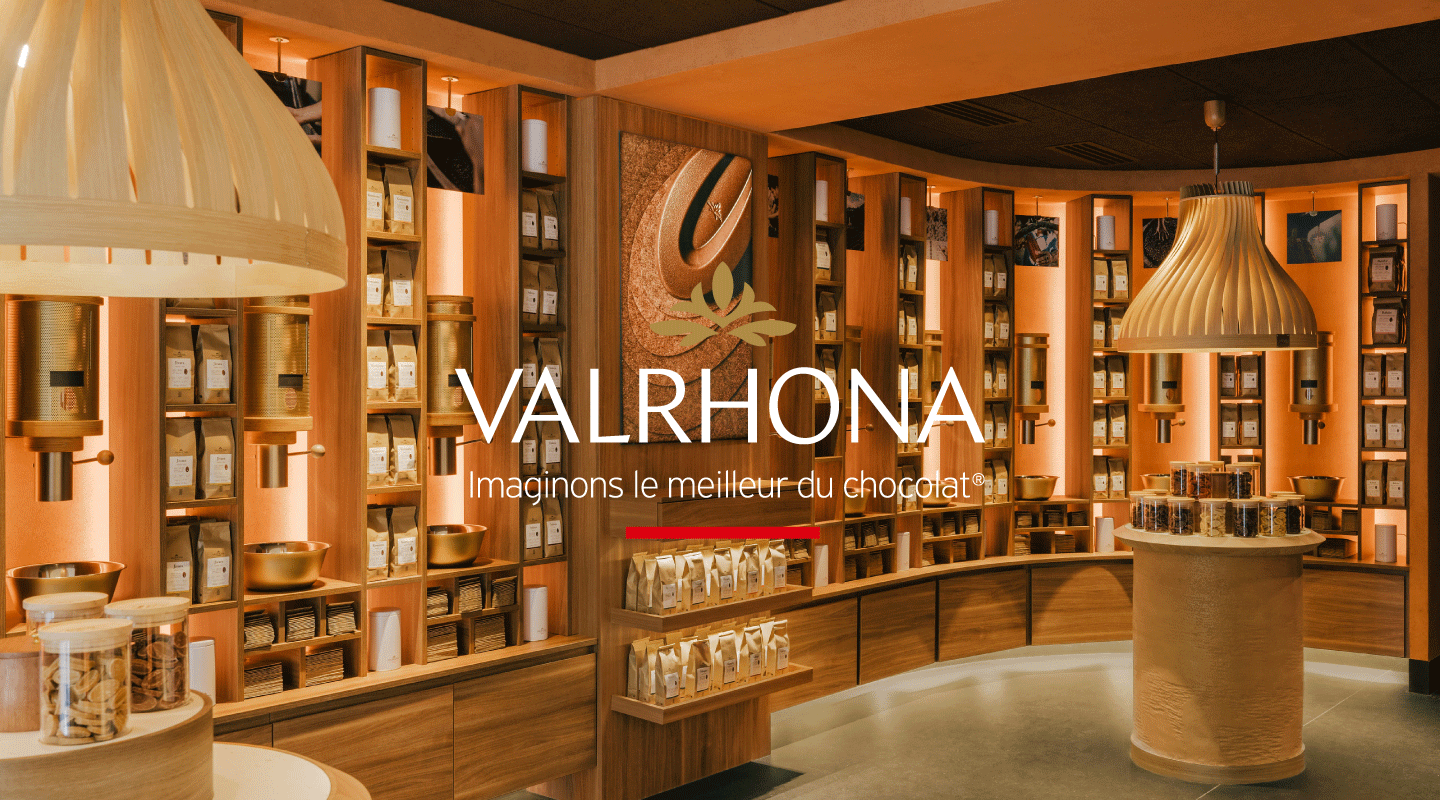
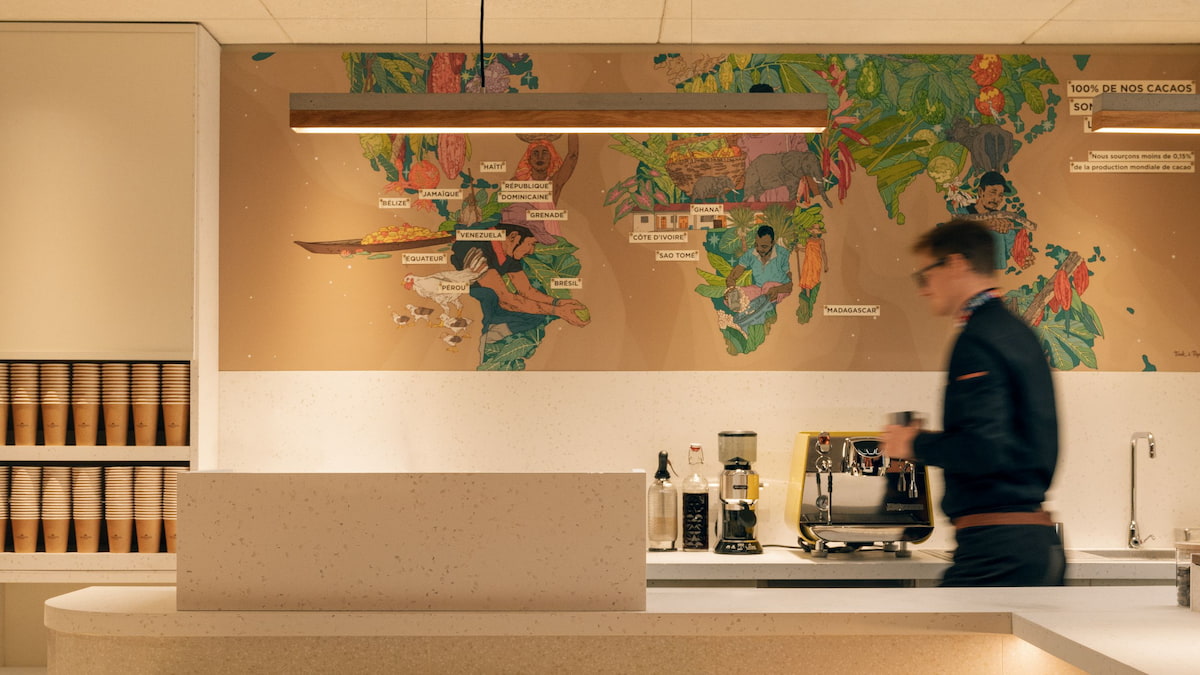
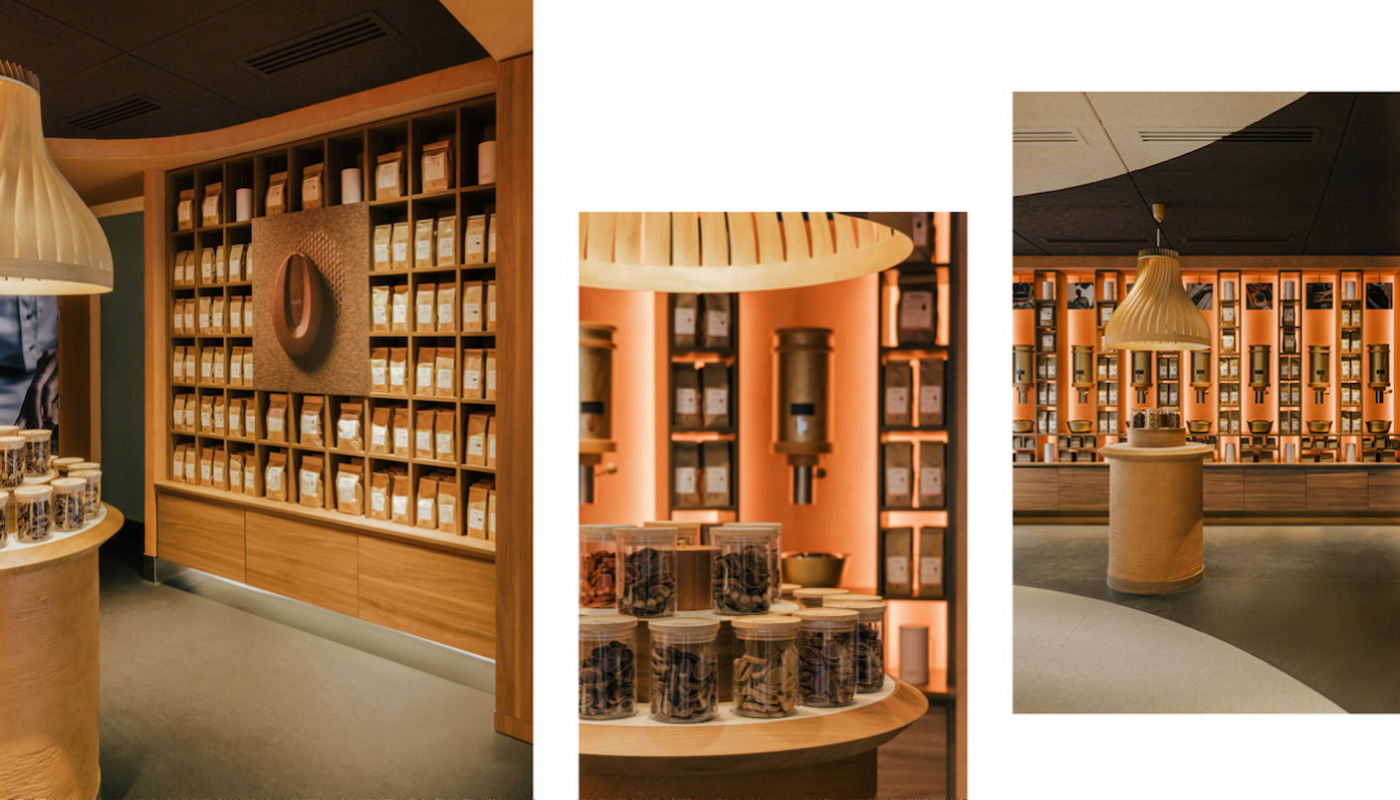
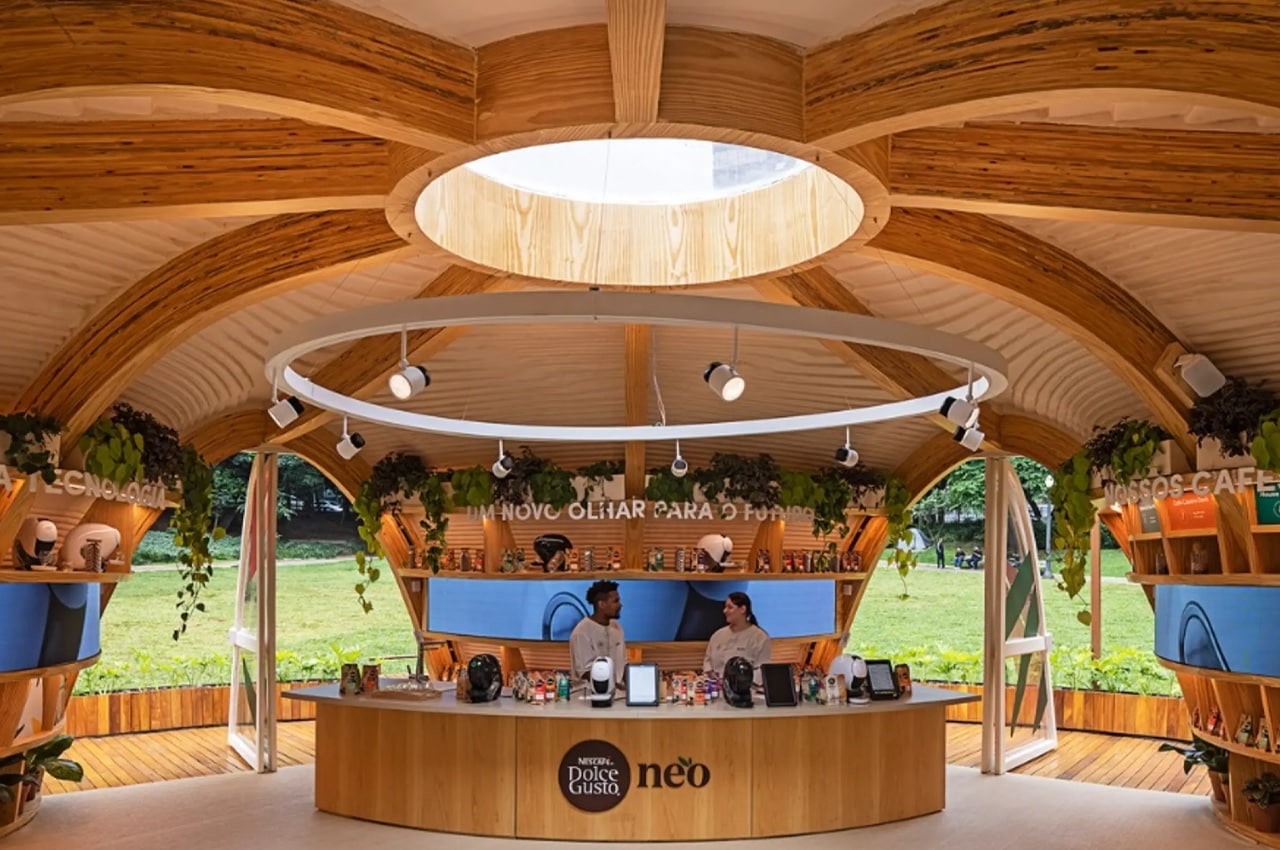

Source: Yanko Design
Sustainable retail not only touches brands but also shapes the future dining experience. Practices in the food industry are evolving beyond reducing food waste, with circular design in restaurants representing the next step in eco-friendly dining. Zero Waste Bistro, a pop-up restaurant featured in New York, constructed from recycled food packaging and composting all its leftovers, epitomizes this trend.
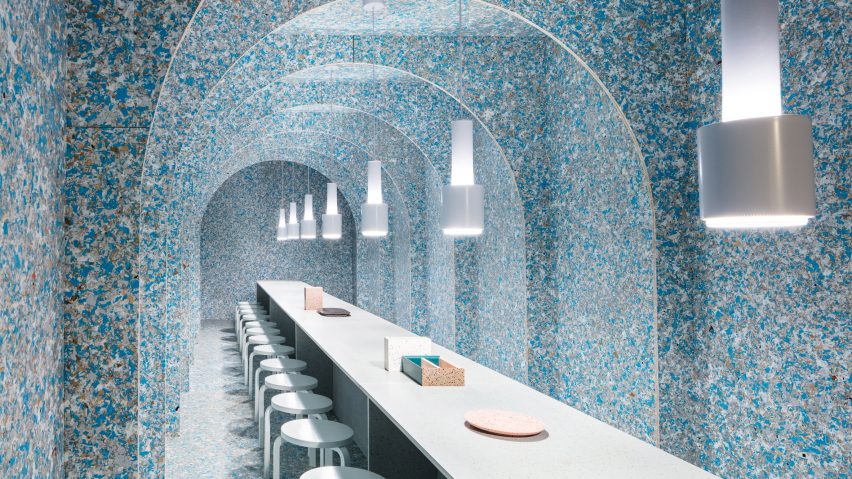
Source: Dezeen
Inclusive design
Brands have a powerful role to play, from shaping culture and society to actively creating opportunities for everyone, regardless of age, physical ability, gender, or ethnic origin. Today, designing for accessibility and inclusion transcends ethical considerations; it’s also a lucrative business move, particularly in the technology sector. With more than 1 billion people worldwide estimated to experience disability and over 5 billion internet users, there is a big opportunity for brands to enhance their products and services to be more accessible.
Design is a powerful tool for breaking down barriers, and an increasing number of brands are recognizing its potential. For instance, the MouthPad, developed by Augmental, allows hands-free control of digital devices using the tongue. This inclusive design innovation not only opens new possibilities for people with disabilities to interact with the world but also proves to be useful for enabling high-end multi-tasking for everyone.
Inclusive design is better design, and these technology considerations have the potential to be just as useful to both disabled and non-disabled people.
Josh Loebner, Global Head of Inclusive Design at Wunderman Thompson
Authenticity
Numbers don’t lie: 86% of consumers say a brand’s authenticity impacts their purchasing decision, and a whopping 73% are willing to pay more for products when a company promises transparency. Furthermore, 94% express loyalty to brands that provide transparency.
Today, customers are increasingly drawn to brands that align with their values. Authenticity, as defined by a brand’s openness in showcasing its actions, has become a defining factor. Consequently, transparency is more critical than ever.
Packaging goes beyond mere aesthetic appearance; it’s a powerful tool that communicates a brand’s identity and values. Packaging that includes information about material sustainability, origin transparency, and supply chain traceability enables brands to have transparent communication.

Source: Green Queen
Companies like Oatly, Allbirds, Tenzing, Innocent are actively responding to the demand for transparency by adopting Ecolabels. These actions are becoming the norm, especially among younger consumers. In 2024, we can anticipate seeing even more carbon labeling on shelves as brands continue to prioritize transparency.
Hyper-personalization
Thanks to advanced technology and data analysis techniques like artificial intelligence, brands now access much larger and more detailed customer data. This enables the creation of hyper-personalized consumer experiences, making customers feel valued and understood.
76% of consumers prefer purchasing from brands that personalize user experiences. Brand satisfaction sees a notable 52% increase due to personalization, resulting in an average revenue boost of 10% to 15%. As the numbers clearly indicate, personalization emerges as a highly effective strategy to enhance satisfaction, foster customer loyalty, drive sales growth, gain a competitive advantage, and improve overall brand image.
All the signs point toward a future where hyper-personalization becomes omnipresent. Most of the love brands have already embraced hyper-personalization in their marketing strategies. Therefore, it is crucial for brands to think about how they can outperform competitors and stand out in a competitive market.
Spotify is a perfect example of how a brand can leverage hyper-personalization. Introduced in 2015, “Spotify Wrapped” rapidly evolved into a yearly social media phenomenon. This strategy not only enhances customer loyalty but also significantly boosts brand visibility. The #SpotifyWrapped hashtag has amassed 72.2 billion views on TikTok. Moreover, in the last quarter of 2023, Spotify introduced “Daylist”, an AI-powered playlist that updates multiple times a day to align with the moods and activities of consumers. This continuous evolution highlights Spotify’s unwavering commitment to hyper-personalization, solidifying its position as an industry leader.
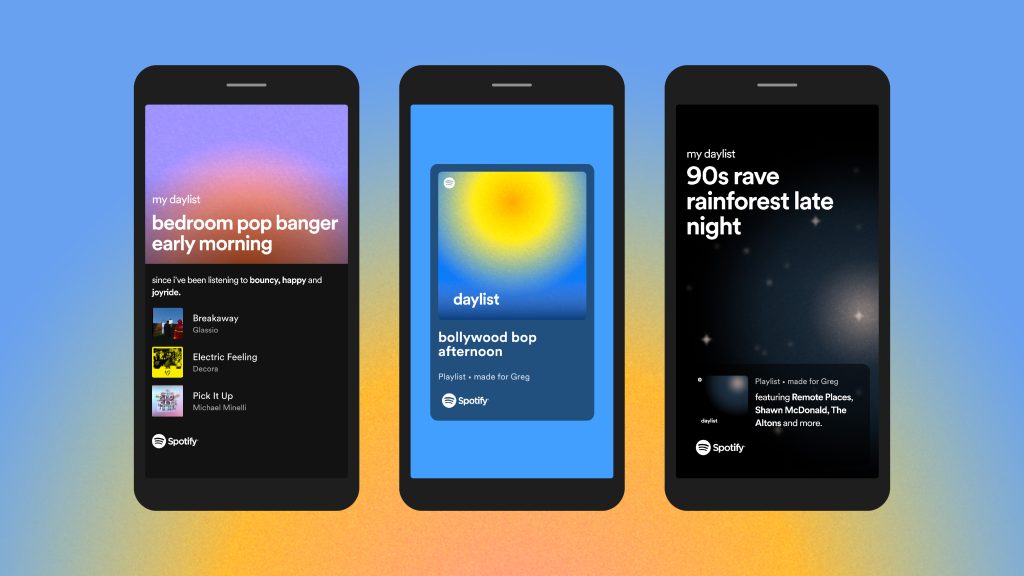
Source: Spotify
As there is a significant shift towards hyper-personalization, it is essential not to overlook the fact that today, we operate within a privacy-first marketing ecosystem. Zero-party data, referring to information willingly shared by customers with a brand regarding their intentions and preferences, plays a pivotal role in this system. It fosters greater trust with customers, leading to better experiences for them. Therefore, in 2024, with hyper-personalization continuing to surge, zero-party data will be indispensable for any brand’s marketing, personalization, and experience strategy.
Video Games
Generation Z represents the future of consumers, with an estimated purchasing power of $44 billion. Brands seeking to connect with this generation must understand their tendencies, expectations, and needs.
For Gen Z, gaming isn’t merely entertainment; it’s a way of connecting with friends. Recognizing the potential of video games as a powerful medium to engage with the younger generation, brands are actively leveraging it.
For example, Fortnite stands out as one of the most popular video games among them. In a bid to raise awareness among the younger audience on the International Day of Indigenous Peoples, Fortnite, SOS Amazônia, and the Federation of the Huni Kuĩ People of Acre have partnered to launch “The Originary Map,” which challenges players to protect forests and indigenous peoples.
Throughout this year, a lot of brands, from organizations to luxury houses like Balenciaga, Cartier, and Hermès, have embraced gaming as a strategy to amplify visibility, foster engagement, and establish stronger connections with Generation Z. It is certain that gaming has a significant role to play in 2024.

Source: Journal du luxe
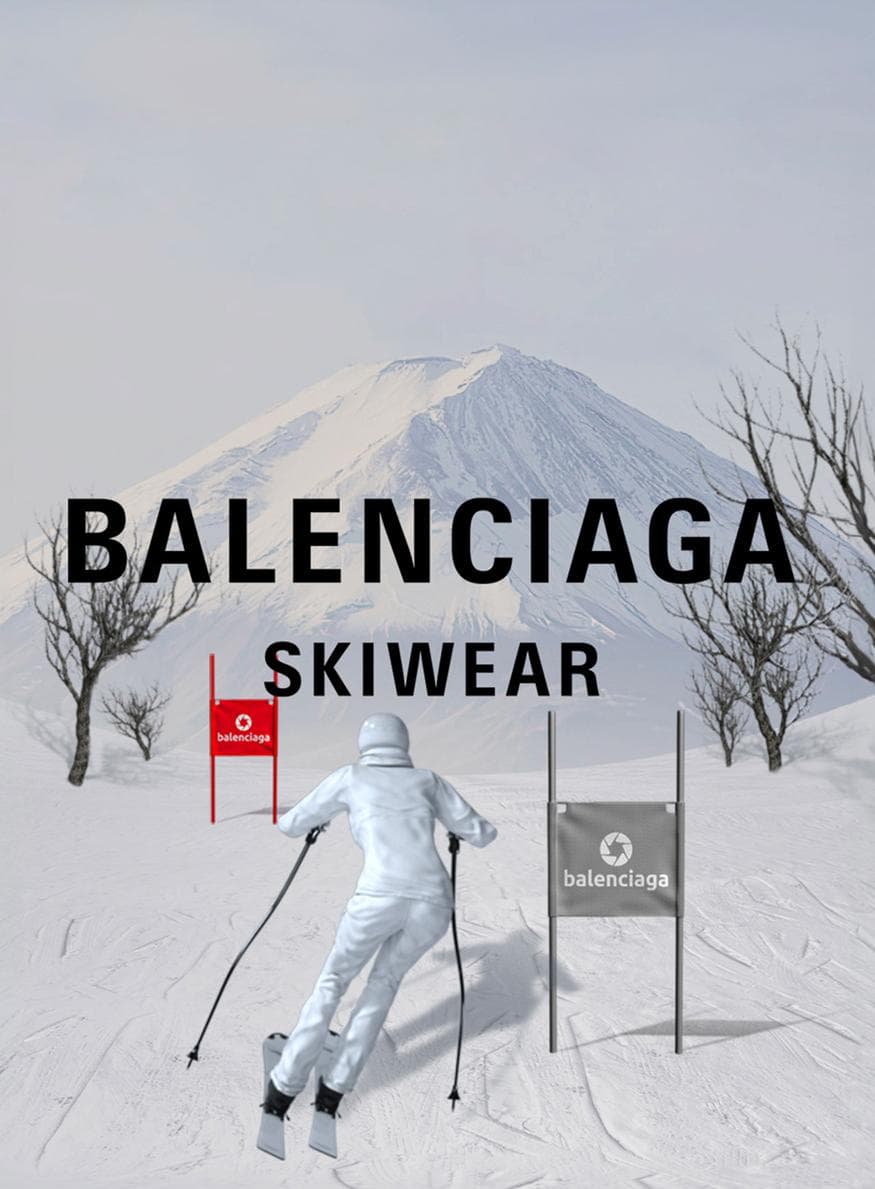
This year has truly been the year of artificial intelligence (AI), emerging as the central force driving innovation across diverse industries. The profound impact of AI on the creative industry cannot be overstated, as it reshapes the strategic thinking of companies and clients in their pursuit of efficiency and better results. While AI opens a new world of possibilities for the creative industry, it also prompts questions about the future landscape. As we look ahead to the trends of 2024, it is clear that the proliferation of generative AI will continue and solidify its position as a transformative force.
In a world characterized by perpetual change, the ability to distinguish fleeting fads from enduring trends is more crucial than ever. For that, we are more than pleased to announce that the third edition of “Useful Design Trends”, our annual exploration of the movements shaping the future of design across a multitude of industries and global markets, will soon be released.

